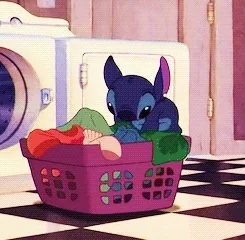Ok this is one of those topics that you may not ever cross your desk — at least until your next HVAC servicing visit (and while we’re on the topic, this is your friendly reminder to book your annual HVAC maintenance appointment — summer’s around the corner!).
There is a global refrigerant phase-out effort being made to reduce substances that harm the ozone layer and contribute to climate change. Here’s what’s happening, in a nutshell, and what it could mean for your HVAC system:
What’s (exactly) Happening?
- Older refrigerants like R-22 (Freon) have been phased out because they deplete the ozone layer.
- Newer refrigerants like R-410A, which don’t harm the ozone, are also now being phased down because they have high global warming potential (GWP).
- The U.S. EPA, under the AIM Act, is reducing the use of HFCs (hydrofluorocarbons) like R-410A over the next 15 years.
- The next generation of refrigerants includes low-GWP options like R-32, R-454B, and R-1234yf.
What This Means for Your HVAC System:
- If your system uses R-22: It’s already banned, and servicing it is expensive because the refrigerant is only available through recovered or recycled supplies.
- If your system uses R-410A: You’re still okay for now. It’s widely available, and systems using it will still be supported for years—but prices may rise over time.
- New systems (starting around 2025): Will likely use R-32 or R-454B, which are more environmentally friendly but mildly flammable, requiring updates to building codes and technician training.
What You Should Do
- If you can’t find the label, you can also:
- Check your owner’s manual
- Look up the model number online
- Ask your HVAC technician
-
Assess the Age and Condition of Your System
- 0–10 years old: Likely uses R-410A and doesn’t need replacement unless failing.
- 11–15 years old: Plan for a replacement soon — efficiency drops and repair costs rise.
- 15+ years old: Near end-of-life. Replacement is strongly recommended, especially if it uses R-22.







